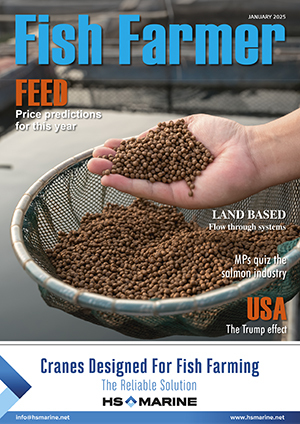Shock as giant Havfarm project is refused permanent licences
Please register for FREE to continue reading Fish Farmer
Your FREE registration gives you access to all our content: news and feature articles, regular and special guest columnists, Fish Farmer Magazine e-editions, yearbooks, archives, videos and more. As a paying subscriber this would cost £150 per year – but we are extending an offer to register FREE for full access.
Broodstock Technicians (Ardessie) - Mowi Scotland
Wester Ross£27,236 to £33,990 per annum
Assistant Broodstock Manager (Ardessie) - Mowi Scotland
Wester Ross£36,823 to £39,655 per annum
Storesperson - GroAqua
InvernessSalary On Application
SEAWEED PRODUCTION MANAGER - Eco Cascade
Kyle of LochalshSalary On Application
Freshwater Operative - Bakkafrost Scotland Limited
Tornapress£31,371.31 per annum
